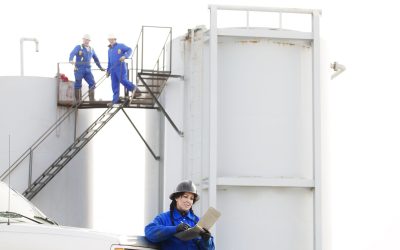No matter what your career or walk of life is, you most have at least heard of GPS technology. Many of us now use this software on phone navigation applications or to improve game or resource experiences on our mobile devices. But far fewer of us actually know what GPS is and how it works – or how it’s changing the way we see the world around us!
What Is GPS?
GPS stands for the Global Positioning System, a US-owned utility that gives users valuable navigational and spatial information. Using satellite technology, GPS calculates a user’s exact, three-dimensional location via their signal receiving a device. Today’s GPS accuracy is typically within several millimeters of the user’s exact location!
We have far more uses for this technology than simply finding our way around. Surveyors, architects, engineers, scientists and other professionals join travelers in relying on devices and software that enable GPS surveying before investing time and money in projects that might result in waste without accurate geographic information.
How Are Surveyors Employing This Technology?
Zoning for residential or business locations requires knowledge of the potential building space, as well as the available natural and created resources. Will there be appropriate electricity and water available? Are there any topographical features that must be considered when planning a project for community growth? All this information can be obtained through GPS surveying.
The high level of accuracy that GPS provides is key to the job of the modern surveyor and map maker. Today’s geographical charts and graphs must be meticulously compiled and incredibly accurate to allow for the best use of increasingly limited land space.



